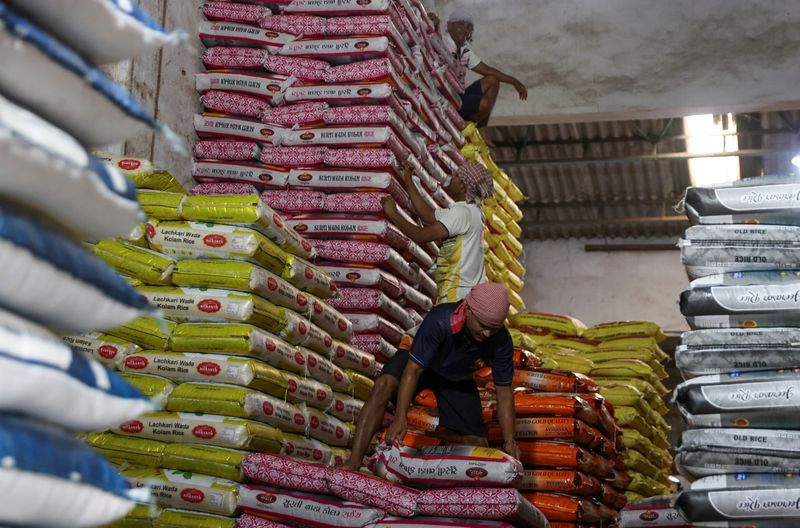AI Sentiment: Bullish
Reason: Wholesale prices in India have increased, suggesting a return of demand in the economy. Despite challenges posed by the pandemic, WPI inflation has been steadily rising, which is a positive signal for the economy.
In November, India witnessed a surge in wholesale prices, posting an increase of 1.89% year on year. This figure was released by the Ministry of Commerce and Industry and comes after a rise of 1.32% in October. The data shows that the Wholesale Price Index (WPI) inflation has been on a steady rise in India, despite other economic challenges brought about by the pandemic.
The primary driver of this increase in wholesale prices can be attributed to the prices of manufactured products, which rose by 2.97% compared to the same period last year. This represents a significant uptick, considering that the corresponding increase in October was just 1.67%. In particular, the prices of basic metals witnessed a steep hike of 7.71% in November. The prices of food articles, however, saw a decline of 1.61% in November, compared to a rise of 6.37% in the previous month.
On a month-on-month basis, the WPI inflation also saw a rise of 0.42% in November. This is in contrast to October, where there was a decrease of 0.12%. This rise is being seen as a signal of returning demand in the Indian economy. The WPI-based inflation has been in positive territory for three consecutive months now, pointing to an upward trend.
Meanwhile, the retail inflation, as measured by the Consumer Price Index (CPI), eased to 6.93% in November, marginally down from 7.61% in October. While still above the Reserve Bank of India's target of 4%, this is the lowest it has been since July. The main drivers of retail inflation continue to be food prices, which rose by 9.43% in November. However, this was a decrease from October's increase of 11.07%.
In summary, India's wholesale prices are showing a rising trend, driven by increasing prices of manufactured goods, particularly basic metals. At the same time, retail inflation has eased slightly but remains above the central bank's target, primarily due to high food prices. This data provides important insights into the state of the Indian economy as it navigates the ongoing challenges posed by the COVID-19 pandemic.




